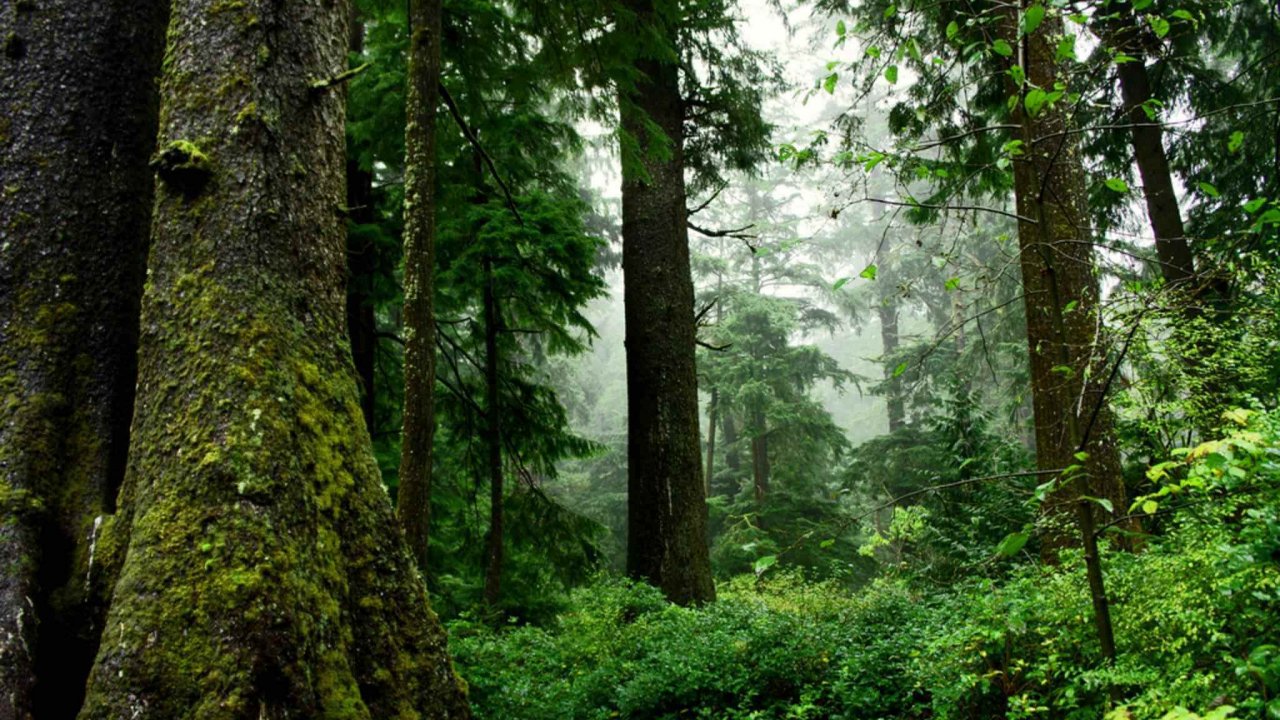
Why do we celebrate Earth Day?
Earth Day was first recognized in 1970 as a joint initiative between a Republican and Democrat in Congress.
LEARN MOREThe Forest Service has developed formal definitions for its oldest forests as part of an effort to preserve forests and mitigate climate change.


Depending on how the Court rules, law enforcement across the country could be allowed to punish unhoused people for sleeping on public lands.

Workers at a Chattanooga Volkswagen plant are voting Friday on whether to join the United Auto Workers.

House Speaker Mike Johnson is leaning on cautious support from Democrats in the deeply divided chamber to push aid bills toward passage.

Depending on how the Court rules, law enforcement across the country could be allowed to punish unhoused people for sleeping on public lands.

Workers at a Chattanooga Volkswagen plant are voting Friday on whether to join the United Auto Workers.

Van Dyke was nominated for best guest performer in a daytime drama series for his role in Peacock's "Days of Our Lives."